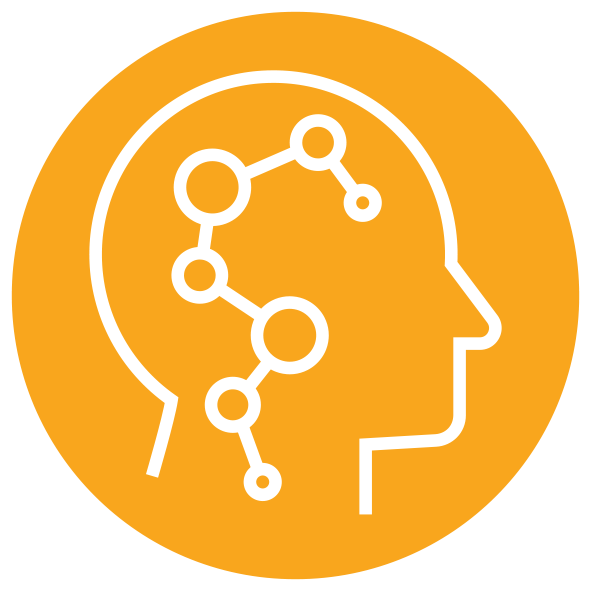Submitted by Giancarla Aritao
on December 16, 2021
** QUANTUM SHORTS 2021/2022: SHORTLISTED
>> Read an interview with the author
A child’s sock lay in the middle of Ana’s bed. It was an ordinary blue sock, made of a cotton blend from what she could tell. Its size, as with other tiny versions of ordinary things, was enough to capture Ana’s attention. But there was another thing that made that tiny sock stand out. Ana lived alone and had no reason to find a child’s sock on her bed or anywhere else in the house.
“It’s a lot to think about,” Ana said to her friend Sylvie over brunch. “Where are all these socks coming from?”
By this time, socks were appearing on Ana’s bed almost daily. She tossed that first blue sock in an unused drawer after a half-hearted attempt to explain it. “Maybe it was blown in through the window by the wind,” she thought to herself. But the drawer was now stuffed full, the blue sock mingling with socks with bunny faces, polka dots, and all sorts of cartoony figures.
Sylvie lowered her voice. “Have you considered the possibility of another world? Like a portal?”
“You mean like what happens in comic books?” Ana playfully tugged at Sylvie’s crystal bracelets. “Maybe it’s a sock ghost and I should borrow these to get rid of the negative energy.”
Sylvie made a face at her. “I’m just saying, Ana. There’s a reason why that amazing house was almost 20 percent below market value. And wasn’t the previous owner some kind of scientist? Oh, and these beads won’t get rid of any negative energy These are meant to help me find Mr. Right.”
Meeting up with Sylvie was always unpredictable. They ended up meeting with their old college friends for a movie and some drinks, so by the time Ana came home, she was dead tired. She turned on the light in her bedroom, dropped her bag at the foot of the bed, and went to the bathroom to brush her teeth.
When she came back to the bedroom, her hand flew to her mouth to stifle a startled cry. In the middle of the bed, another child’s sock. Blood red.
***
Ana timed it perfectly so she can accidentally bump into the real estate agent who sold her the house. “Jessie! I haven’t seen you in ages!”
Jessie smiled widely at her, showing all her teeth. “Ana, darling. How are you? I hope you are enjoying your new house.”
Ana nodded. “I am. The neighborhood is perfect, and the bathroom space is making all my friends green with jealousy.” Ana paused before continuing, “I think the kid of the previous owners left some stuff behind though. Maybe there’s a way for me to return them?”
Jessie frowned. “Kid? No, I don’t think so. The previous owner lived alone. Divorced and no children, you see. He was some kind of scientist and was married to his work. He was working on a big experiment, something about the manyverse? I don’t quite remember what it was called. But anyhoo, it was quite unfortunate, what happened. He is sadly no longer around.”
Ana gasped. “You mean… he’s dead?”
“Jesus, Ana, no.” Jessie laughed, “I mean, he no longer lives around here. His research funding dried up. He tried to continue on by himself but ended up bankrupt. The poor man lost everything. Said the saddest thing to me when he turned over the keys. He said he should have made his wife happy and had a kid instead of being too focused on his work. Rumor has it he moved to Japan to teach.”
Ana turned red with embarrassment. “Oh, I’m sorry to hear that.”
Jessie nodded vigorously. “Truly! So sad what happened. The only good thing is that his nasty little cat with the silly name is gone too. His cat was always sneaking around the neighborhood, stealing things. The professor had to go around returning items every weekend. Well, I suppose his misfortune is your good luck so there’s that. What did your friends say about the walk-in? Would any of them be interested in a house with a charming little breakfast nook?”
***
When Ana walked into her house, she went straight to her bedroom. Sure enough, a lone child-sized sock was on the bed. She plopped on the bed and examined the sock. It was white with pink pompoms. As she lay in bed, sock in hand. She heard tiny scratching sounds. A sandy-colored cat came out from under her bed.
Ana picked up the cat and stroked it behind the ears. The cat purred. “You had me believing in mumbo jumbo for a second there, little guy.”
Her phone buzzed with a message from Sylvie. She was at the pub with Josh and Jiwon. Ana chuckled as she imagined telling Sylvie that she solved the mystery of the multiverse socks.
Ana put the cat down and went to the kitchen to get a bowl of water. She placed it on the floor. “Listen, I have to go in a bit. Stay here first and we’ll see about getting you home to the professor.”
***
After Ana left, the cat stretched and imperiously ignored the water bowl. Then it went to the bedroom and curled up on the bed. From somewhere, a faint voice called out, “Honey, have you seen Lila’s sock? Mallow, you silly little cat, did you take the baby’s sock again?”
Out of nowhere, a portal appeared and the cat meandered in.
About the Author:
Giancarla Aritao is wife to Lawrence and mom to Hannah, 9, Rafael, 7, and Julia, 1. She is a homeschooler and works as a writer.



